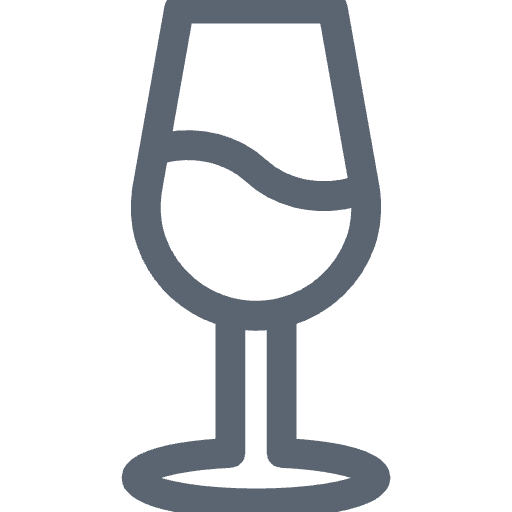
Racknitz Winery
Extremely early on, and as one of the first in the Nahe region, I had the courage and confidence to consistently ferment all of my wines spontaneously. This gives my wines a special dimension, long-term aging potential, and attracts attention far beyond the Nahe region.Mehr erfahren
About Weingut von Racknitz
First, the sad news: The von Racknitz winery has ceased operations. Back in 2015, the winemaker decided to pursue a new path and end her career as a winemaker, which she had pursued with passion and talent until then. This was certainly not an easy decision, and from our perspective, she represents a significant loss to the winemaking world. We are therefore all the more pleased and honored to be able to weigh some of her last wines in our possession.

Of Romans, a saint and the VDP
The winery's land could hardly be more steeped in both recent and older wine history. Located on the former estate of the Disibodenberg Monastery, the winery is located in the central Nahe Valley, approximately 20 km south of Bad Kreuznach. It is believed that the Romans already cultivated vines here with a southerly exposure. However, cultivation on the Klosterberg has been clearly documented since at least the 11th century. At the beginning of the 12th century, Saint Hildegard of Bingen lived on the Disibodenberg and wrote her most important writings within the monastery walls. Since the mid-18th century, the monastery ruins and the winery have been owned by the von Racknitz family. In the 1930s, the winery was one of the five founding members of the "Association of Natural Wine Auctioneers on the Nahe e.V.", the forerunner of today's VDP (German Wine Association).

Naturalness in the vineyard, purism in the cellar
Luise took over her parents' winery after studying viticulture in Geisenheim. After reorganizing the business, she focused entirely on Riesling. The young winemaker is self-confident and has a clear vision. In the vineyards surrounding the monastery ruins, as well as in the renowned Hermannshöhle and Niederhäuser Klamm sites, she works without synthetics and with gentle methods. She harvests significantly reduced yields from the 40- to 50-year-old vines, which are predominantly planted on red sandstone and clay slate. Fermentation in the cellar is exclusively spontaneous, a practice still very unusual in the Nahe region at the time. Aging takes place primarily in stainless steel vats and on the fine lees, which lends the wines additional depth.
Perfectly matured aromas
Luise's wines are both straightforward and playful. All are clean and with a cool top note, sometimes quite sparse and stony, sometimes more indulgent, almost opulent. Firmly closed in youth, they reveal the winemaker's delicate touch in maturity, pampering with perfectly ripe aromas of dried fruit, saffron, and subtle hints of petroleum. The initially glistening acidity develops into a pearly shimmer beneath the polished surface. Vitality and clarity characterize these wines as much as balance and focus. Considering the few bottles remaining, this is a true treasure and a magnificent example of Riesling art, which, modestly and away from the hustle and bustle, still indulges a few blessed ones.



